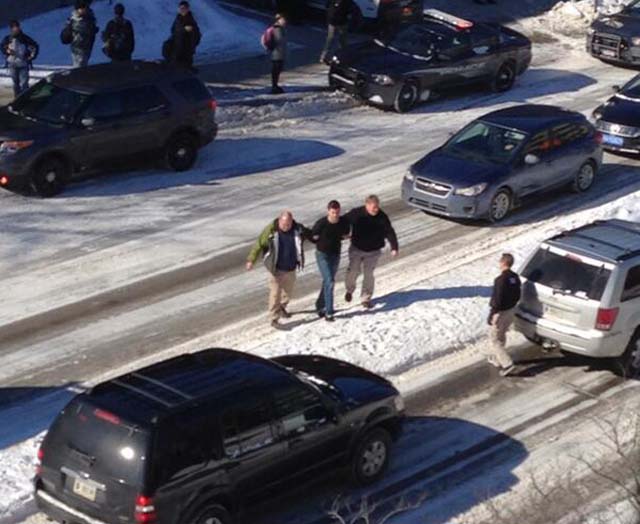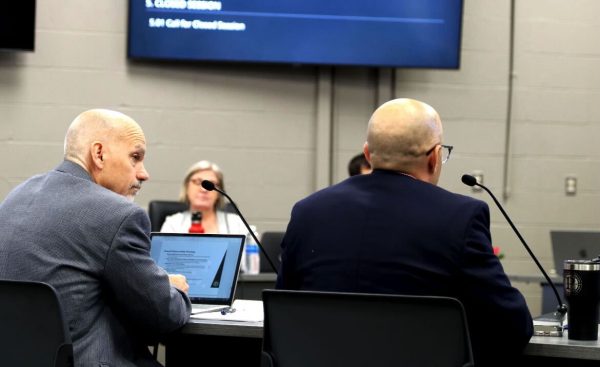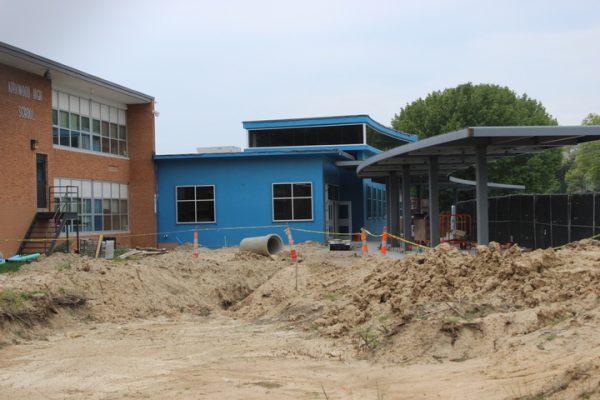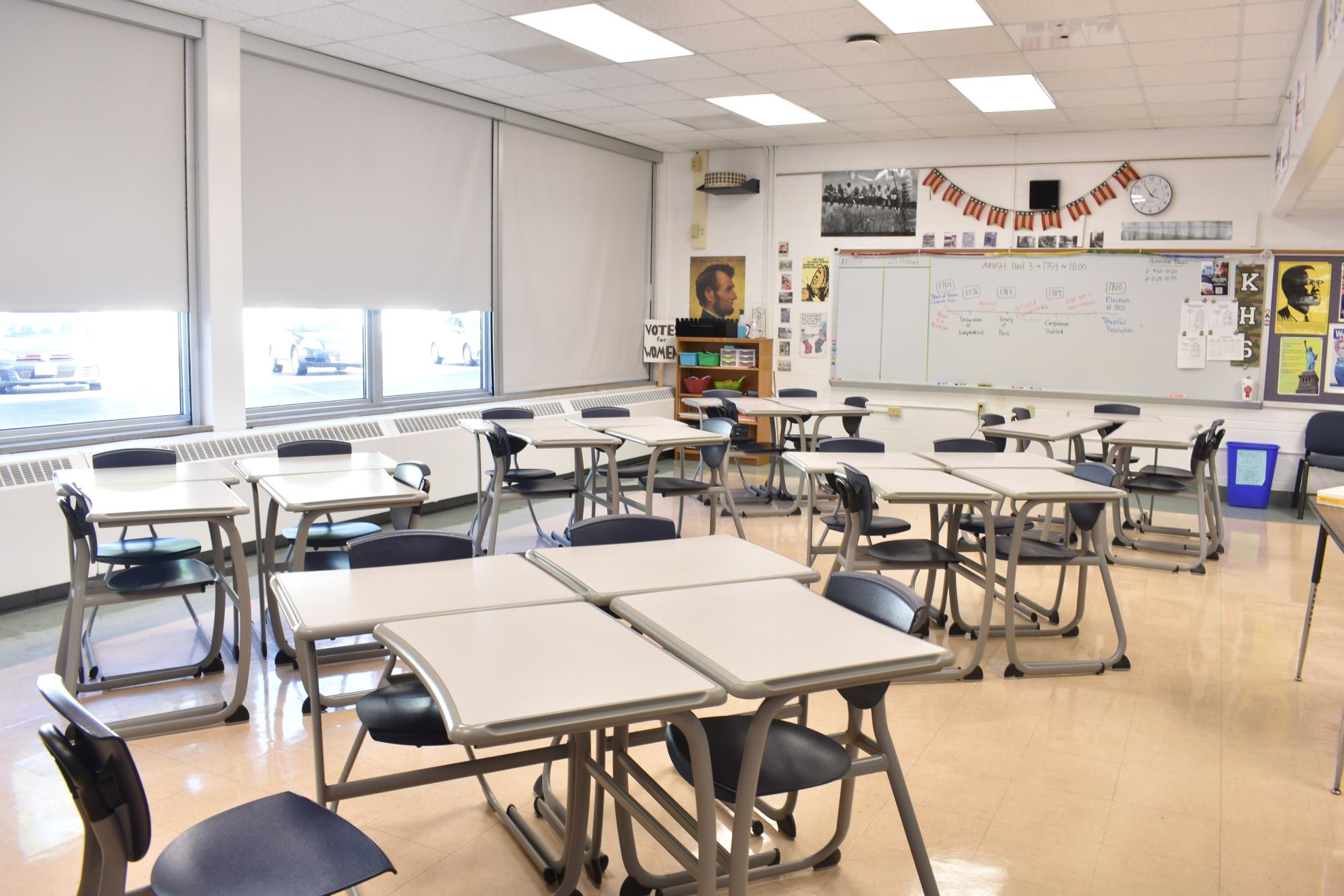Purdue University shooting adds to increasing number of school shootings
What started out as a normal day for students and staff of Purdue University on January 21, 2013 suddenly changed at 12:20 p.m. A shooting had occurred in the electrical engineering building on campus leaving one student dead and one suspect in custody.
According to CNN, 2 to 3 minutes after the police received the emergency call about 25 officers were on the scene. Police also told reporters in a press conference that they believe this was a targeted shooting because the perpetrator walked into the room, killed his target and then left the building.
When the police arrested this man he gave no struggle, but has refused to cooperate and reveal his identity. In addition, the name of the victim has not yet been released. Purdue sent out a text at 12:20 p.m. to anyone who subscribed to campus texts about the incident.
“It was definitely scary,” Jess Hemann, 2013 KHS alumnus and freshman at Purdue, said. “No one can [concentrate because] it’s crazy outside. I was walking to our student Health building which meant I walked by all the buildings and it was insane. Everyone was on a phone.”
According to the U.S. Department of Education, each postsecondary institution needs to issue an emergency notification when a dangerous situation occurs. At Purdue, this was the mass text sent out.
In addition, the U.S. Department of Education also requires each institution to have an emergency plan. Then they must test the plan, evaluate it and publicize it. It is also required for colleges to keep a crime and a fire log, collect crime reports from campus security authorities, request crime statistics from local law enforcement, publish an annual security and fire report, have a missing student notification procedure and submit their crime and fire statistics to the Department of Education.
K-12 school districts’ security plans differ from universities, according to the Guide for Developing High-Quality School Emergency Operations Plans issued in June 2013 by the United States government.
Many law enforcement officers or volunteers have actively participated in creating stronger security plans for K-12 schools, according to dailybreeze.com. They do this by pretending to be shooters and firing blank bullets at unsuspecting faculty members to test what they will do. This has occurred at Richard Gahr High School in Cerritos and a charter school in rural Oregon. Locally, KSDK tested KHS’s security this past week by testing how the school would respond to a stranger walking the halls without being accompanied by a staff member.
To keep K-12 schools safe, the Guide for Developing High-Quality School Emergency Operations Plans requires these schools to be prepared in five mission areas: Prevention, Protection, Mitigation, Response and Recovery.
Prevention refers to whether or not a school is able to avoid or stop a crime that may affect students and staff. Protection focuses on actions to guard students, staff, networks, visitors and property from a threats or hazards that may occur. Mitigation means whether a school to be able to reduce the likelihood of threats or dangerous situations. The guide defines Response as school’s capability to stabilize an emergency once it has happened. Finally, Recovery means a school has the means necessary to move on after an emergency disrupts the learning environment.
With 31 school shootings since Sandy Hook, postsecondary schools and K-12 school districts may begin implementing more strict and efficient security protocols. An example of these security breaches occurred today at Purdue University, and now those on campus are feeling the first-hand effects of what a school shooting can do to a school and the community around them.
Your donation will support the student journalists of Kirkwood High School. Your contribution will allow us to purchase equipment and cover our annual website hosting costs.

Grade: 12
Extracurricular: Call, Band, Brass Band, 2015 Vice President, NHS, work at Custard Station, CC Captain, Swim and Dive team, Quill and Scroll
What...












